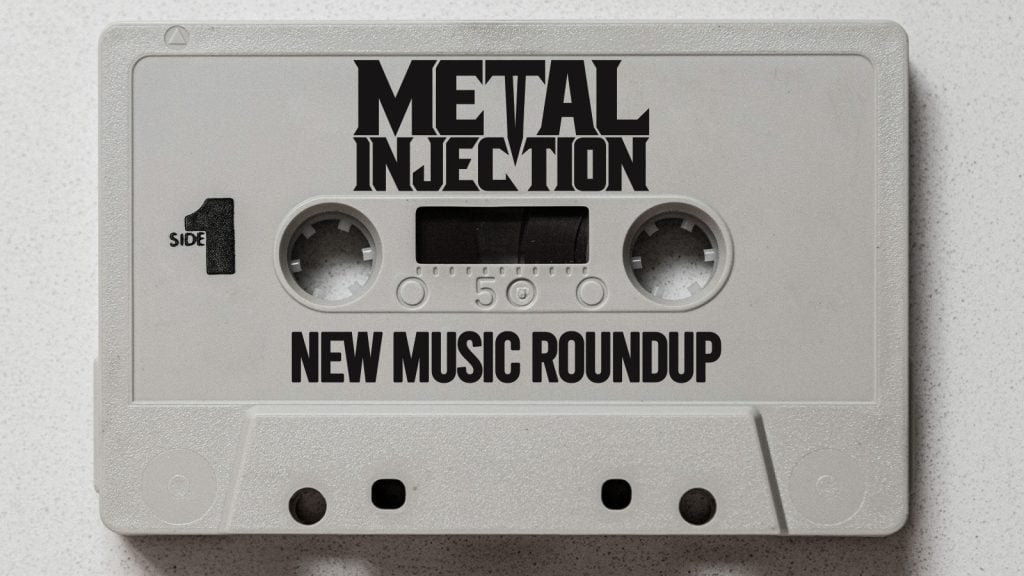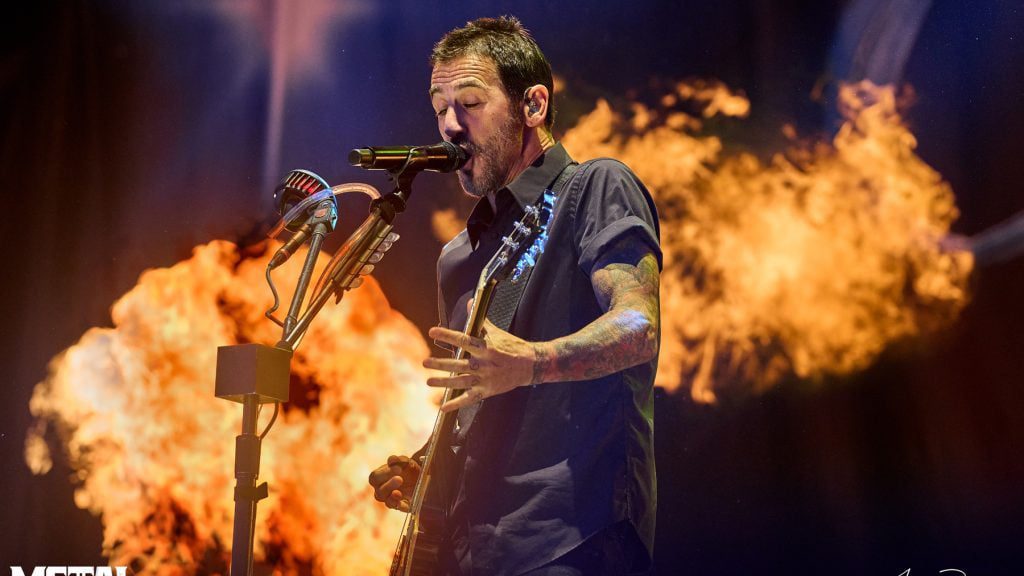How DPR Ian Went From Korean Idol to Genre-Defying Pop Star
When DPR Ian said farewell to his career in the K-pop-idol group C-Clown in late 2015, his future was vague. “Right about the time C-Clown split up, I was already invested in videography,” says Ian, who (under the name Rome) had been the leader and rapper of the moderately successful band since the summer of 2012. “It was something I wanted to use as a creative outlet to get by, but the idea of wanting to create a movement was always there. I just didn’t know what that would look like.” But he knew one thing for sure: “I wanted to craft my own thing.”
He made this a reality, creating a label called Dream Perfect Regime for himself and young, underground rappers Live, Creme, and REM, all of whom affix the label’s acronym — DPR — to their names. Ian had spent enough time in the industry to navigate such an undertaking, although K-pop’s grip on him wasn’t quite done. “When we split up, I was still under contract and the label wouldn’t let me go,” he says. “I got a lot of backlash. I was the only one who spoke out on Twitter trying to give an explanation to the fans, but a lot of people thought I was the cause of the breakup. I was furious about that, but more excited just to be doing something different.”
Eventually, he was released from his former label and turned his focus to directing DPR’s visual concepts — from sweeping landscapes to dark, claustrophobic rooms punctuated by eye-addling lighting. He made his return as an artist in 2020 with “So Beautiful,” whose whistled refrain, string-laden verses, and falsetto chorus were firmly at odds with the dark, psychological tension of its video. It heralded DPR Ian’s shift to the music he loved while growing up in Australia as Christian Yu — from show tunes to the grandiosity of metal — and the birth of his alter ego, MITO.
MITO was a response and manifestation of DPR Ian’s bipolar disorder, which he was diagnosed with in high school. “What MITO represents is that my good moments are always destroyed by my doubts,” he says. “So it’s a journey of trying to find that perfect story or moment, like an idea or concept or understanding of myself, and not let it be so infiltrated by my downs/MITO.”
If DPR Ian’s 2021 debut EP, Moodswings In This Order, was an exploration of his fears, highs, and lows, with MITO as his complicated, lurching omnipresent other, then his debut album, Moodswings In To Order (out tomorrow), is a deeper plunge into MITO’s whirling, clamorous existence. As an origin story and prequel that builds a universe, MITO is an angel, dragging himself out from the darkness into which he’s fallen, and soundtracked by a dozen tracks that run from trap synths (“1 Shot”) to chest-rattling electronica (“Ribbon”) to symphonic emo (“Ballroom Extravaganza”). It’s sonically and visually cinematic, and IndieLand sat down with DPR Ian to get to know him better and unpack one of the year’s most ambitious records.
You use the word “movement” to describe DPR’s origins. Was that part of your thinking at the time?
I don’t know if it was because of my pent-up anger of being in K-pop, and at that time there was a lot of shady stuff, but I never understood why there was nothing organic about the system where you could grow. There was also hardly any entrepreneurship in Korea; it’s looked down upon because it’s so different. People are scared to speak their mind. I figured I wanted to do something where people would look at it and be drawn to it regardless. To create a new system and a new lane for creatives and artists.
You had a fan base keen for you to be a soloist and independent South Korean hip-hop labels, like AOMG or Feel Ghood Music, that you could have approached. Was there another reason you didn’t pursue this avenue at this time?
I’m just too stubborn, I think I have too much of an ego. [Laughs.] Honestly, I didn’t want to rely on anyone other than myself. Is that vanity? I was so starved [of creative ownership].
Is another way of looking at it that you were able to build your career in a steadier space, thus able to protect yourself while figuring out who you want to be as an artist?
That’s interesting, and I think you’re absolutely right. I’m such a perfectionist, and at that time I wanted to be an artist but I wanted to be something different within the system. I had to hone myself. I didn’t want to be a famous director, but it was the tools I needed to build a bigger picture.
Your musical inspirations sound like they’re colliding like atoms on this album. Why are you compelled to explore and meld so many sounds into one project?
I now understand that since I was a kid everything that was fed into me, everything that blew me away, has stuck with me ever since. Once something gets my attention, I just go down that rabbit hole. It’s never just a phase. My friends joke and call me a “hoarder.” I don’t let go of things that make a big impact in terms of how I feel.
Were you writing music for yourself during those early years of DPR?
I dabbled here and there but always had a keen interest in making music. I just hadn’t taken on that role seriously until about 2018 to 2019.
You have many names — Rome, Ba-Rom [his Korean name], Christian Yu, and DPR IAN. Which do you identify with most?
Each represents a different time in my life. Change is a big thing for me, and all my life I’ve always been moving places. In Grade 8, my mum sent me to Vanuatu for a missionary [trip], and from then, whenever there’s been a transition, I’ve given myself a persona, a new name. Maybe it’s a coping mechanism. At this time, it’s Ian who I identify with most, but who knows how this will change?
Can you summarize the storyline of this album?
In this universe, there’s a core character called Mr. Insanity (who has a dedicated album track) and he’s just wackadoodle, you know? He’s literally going insane, but it’s funny because I think insanity brings order. He made all the forms and the stories — which include the ones on my last EP — in the image of himself, in the hope of finding some sanity. His first creation was MITO, who was meant to represent his pure innocence, which is why he was in the form of an angel. MITO was jealous of all the other creations, and felt he was the only one who deserved love. Mr. Insanity saw that darkness and banished him, so MITO felt betrayed and resented everything that Mr. Insanity was — and vowed to infest his every creation. He wants to be the main character.
Is this record’s concept of creation and fallen angels a direct reflection or response to your upbringing?
I was put into Catholic school, I was put into a Christian missionary, and when I came out of that I spent a few moments with a couple of Scientologists. My aunt’s a devoted Buddhist so I went to temple as well. I was [theologically] scattered. But a common theme was the existence of a superbeing. Where a lot of this album’s context comes from is, for me, having bipolar[ity] — when I’m always in that manic state, it propels me to seek that higher being. It used to be because I didn’t know how to deal with that, it was too heavy; but it’s not that it gave me a sense of peace, it was just a thing that played on my mind.
The opening track, “Seraph,” contains the lyrics “The skies begin to bleach red/And the stars begin to fall/I feel myself changing/As my world starts dividing.” How does this relate to your mental health?
When I talk about the world dividing, it’s me going into that [bipolar] state, that’s what it feels like. It’s also the descent of the seraph, an archangel; it’s his last conversation with his god as he sets his wings on fire. In those moments when my world starts splitting, it’s a question from me as to why it always has to be like this. But MITO is asking the god that created this universe — Mr. Insanity — “Why?” He’s recalling the last moments before he became the dark soul that he is. It was through love that he felt betrayed. The reason why this [album’s color] is red is that I’m trying to do a three-part series. The EP, the first part, was black; this, the middle, is red, which is associated with love and fury; and eventually it’ll be a white album, a backwards working of the angel descending.
MITO went from being yours alone to being part of the public imagination. Do you feel more or less connected to him as an entity within?
Because he wasn’t so out there, it felt more personal. Once the EP came out, I saw the reaction from fans and, yeah, it’s a raw personal thing still. But he does feel like he belongs more to the world now.
Does that give you more creative freedom because he’s not so intrinsically tied to every experience and emotion?
I’m so based on being authentic to how I feel. Like, if I write a song for 30 minutes and come out of it, I can’t ever go back, so this is a good way for me to let go of certain aspects creatively. Giving him to the world gave me more leeway in terms of how crazy I can make this, and that’s why it started spiraling! I don’t know how I’m going to top this, I’m scared! [Laughs.]
You’ve created ongoing thematic cues in all your videos — a lot of physicality, empty landscapes, dark-light contrasts, glitchy effects — where do these originate?
It always comes from pent-up emotion. I keep saying that I’m a hoarder, but, for example, I still remember watching Cats when it came to Australia, when I was like six or seven, and the theatrical aspect of it, the movement, the personas, that all stuck with me and built from there. I’ve been on a journey to find a way to reflect all that I’ve seen, but everything I do has to have context and storytelling — it’s not the part where something blows up, it’s the buildup that hits me more. My storytelling is dark and theatrical but, I think, beautiful at the same time. I can’t put a butterfly in it without putting fire on the wings, you know? Something has to be perfectly constructed, then destroyed. The making of someone, then the breaking of them.
There’s a love story running through this album, but is this MITO’s or yours or both intertwined?
I based the concept on self-identity and trying to understand where self-love comes from but also on my relationships and what love does to others, especially when I’m in my manic state. Through my relationships and breakups, I’ve learned a lot about myself, and, yeah, it really does inspire a lot of the darkness.
Like on “Miss Understood,” it’s a character’s diary entry where she fell in love with Ian but she kinda fell in love with MITO, too. It comes from personal experience; I want to date when I’m Ian, but there was one moment where she liked the darkness in me, which was weird because it’s like, “You don’t really know what this brings.” But she stuck around, and it was hard to be me in front of her. There was a sense of inferiority, for sure, because I know how different I am between my states, but also I was very cautious not to give my all in that [down] state because I’m not wanting to hurt someone mentally. So I’d just seclude myself. A lot of the songs in this album hit on this note.
You’ve mentioned that you’d hyperfocus on one thing, which meant other parts of your life became very secondary. Has that changed, have you begun to strike a balance?
For a lot of people when they wake up, their first thought wouldn’t be “How do I distract myself from how I feel?” but that’s my whole life. I understand it’s a coping mechanism, but as time goes on, the bigger the concept needs to be for me to be distracted. It’s part of the reason why I don’t know what I want [in life]. I’ve realized I’m so obsessed with creating that I lose sense of everything else. It’s draining, and I need to find balance. If I don’t, even forcefully, it’ll be very self-destructive. I don’t think I can do it right now as it’d come from a sense of changing my purpose, and that factors in fear — my creation is my whole identity, and once I stop I’m going to get this identity crisis, and that’s what I’m scared of.
Perhaps there’s only so many chunks you can pull off yourself and throw into the world before there’s nothing left to throw.
I feel like I’m always having to come up with something to throw, though. My friend says you’ll always find a way to tell a story, but that’s what scares me. It’s never going to end! I’ll be like grandpa MITO. That’s why I’m making it a trilogy, but am I ready to let go? I’m such a chaser of chaos. It’s why I manifested the album as dark transitioning to light, because I genuinely have to feel like I’m out in the light or else it’s going to put me into depression. I need to release it. It’s like trying to break up and move on, and it’s driving me crazy right now, but, ultimately, this is the path I chose to lead.


